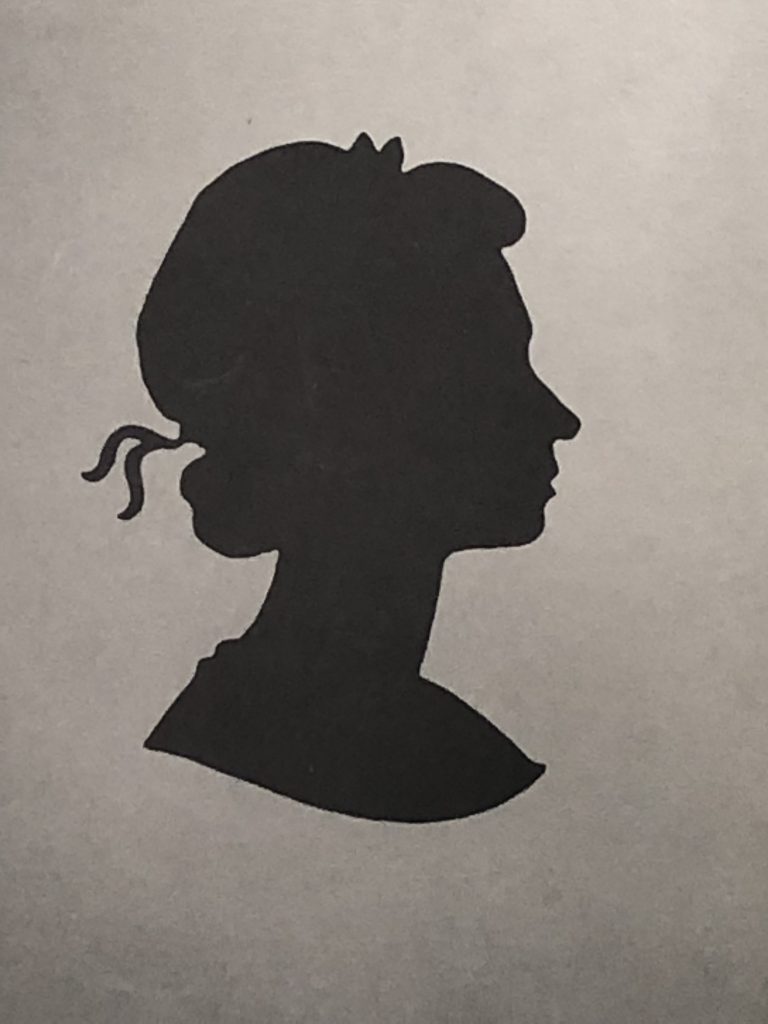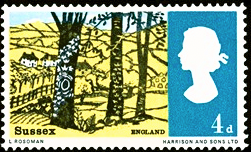Artist David Gentleman explains how he came up with Queen stamp
Illustrator tells how he created an iconic silhouette after commission from the Post Office
Friday, 16th September 2022 — By Dan Carrier

David Gentleman at home in Camden Town this week
THE image has been seen millions of times and is lodged in the public imagination as one of the most recognisable of the late Queen Elizabeth II.
And after the monarch’s death last Thursday, illustrator David Gentleman recalled how he had tackled the sensitive assignment of coming up with the design for our postage stamps back in the 1960s.
“I wasn’t wild about British stamps. I had collected them as a boy and the ones I really liked to collect were from abroad. I liked the way foreign stamps were able to have pictures on them,” said Mr Gentleman, who lives in Camden Town, about the commission from the Post Office.
“But I was told it had to have the monarch on it, despite my endeavours to do something different.”
It was the 1960s and stamp design had been fairly conservative up until this point, but Mr Gentleman’s work – an iconic silhouette of the Queen still so recognisable today – was well-received.
It meant it could be used at different sizes on top of other images that celebrated events and achievements.
He said: “I went for an abstract idea and worked hard to get it right. Even during this first shot at designing a stamp, I could see that including the Queen’s head was going to be a hurdle. “I sensed it would be difficult to shoehorn a pictorial head into a small stamp.”
The silhouette idea still needed the Queen’s assent – so he sent a book of designs to the then Post Master General, Labour MP Tony Benn. The politician took the ideas to the Palace for the Queen to look over.
Mr Gentleman recalled: “I submitted some with the head on it, some without, and instead with the letters UK in the corner. Benn took them to show the Queen and she was extremely interested.”

The silhouette which enabled the Queen’s image to be added to stamps showing other people and places
As the Labour politician later noted in his diaries, Mr Benn was given an audience and broached what he had been told was a sensitive subject.
“I said I was grateful for her seeing me, as I knew the keen interest she took in postage stamps,” Mr Benn wrote.
“I said I had some new stamps for her approval and I wanted to talk about stamp design generally. I said the new government saw stamps in a new context, as part of the arts and not just adhesive money labels for postage.”
He added: “I said our designers were keen to produce pictorial stamps depicting our composers, landscapes, architecture, painters, kings and queens… I said the real difficulty was that, up to now, it had been understood that by the Queen’s personal command stamps that did not embody the head could not even be submitted for consideration. The Queen was clearly embarrassed and indicated she had no personal feeling about it all.”

Mr Benn spread out Mr Gentleman’s portfolio on the floor of her Buckingham Palace study for the Queen to browse. She was impressed, and it ushered in a new era that gave us that recognisable symbol of the second Elizabethan age.
Stamps with the new monarch, King Charles III, on them are yet to be designed and current stamps are still valid.
The Royal Mail told the New Journal it had sufficient stocks to satisfy demand, adding: “We will announce future stamp issues at the appropriate time. We will consult Buckingham Palace in the usual way before making any further announcements.”